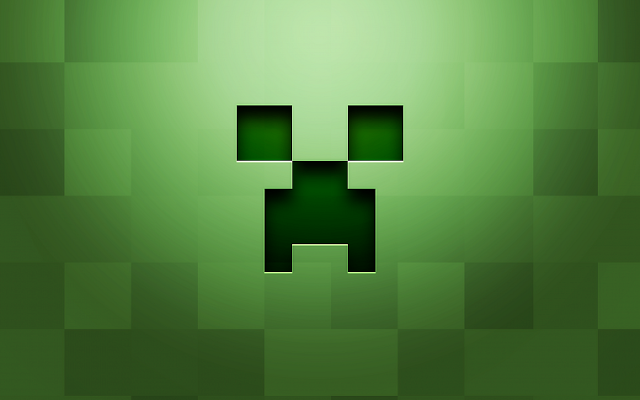 |
| Written by David E. Goldweber |
Like a lot of parents with grade school kids, I have heard a lot about Minecraft over the last couple of years. I have listened patiently as my kid and his friends discussed diamonds, emeralds, lapis lazuli, zombies, creepers, Endermen, iron swords, enchanted books, horses, sheep, chickens, rivers, houses, trees, and – of course – mines.
I watched my kid play several times. I never really got it.
Then, not by choice, I started playing Minecraft myself. I realized within an hour that the game is amazing.
In the past, I’ve spent huge chunks of time playing Age of Empires (in several variations), Civilization (again in several variations), Diablo II, Dungeon Siege, Icewind Dale I and II, Baldur’s Gate I and II, Railroad Tycoon, Zoo Tycoon, and many more.
But always I felt slightly guilty when playing. Always I had a feeling that I was wasting my time, that I ought to be doing something more productive.
This feeling has not surfaced in all the months I’ve spent at Minecraft.
What is different about Minecraft? Why is it so special?
The word you hear most often in praise of Minecraft is “creative.” One parent after the next will tell you that Minecraft is great “because it encourages kids to be creative.” Relatedly, you’ll hear Minecraft described as “virtual LEGO.”
And yes, it is creative, especially when you set your game to Creative Mode, wherein you possess unlimited resources and are never in danger of being hampered by monsters or by hunger.
But most of us consider Normal Mode – where monsters might attack at any time and where you lose health when you get hungry – to be the REAL Minecraft. Here, we practice creativity, but we must also exercise patience, and caution, and memory. It’s more than virtual LEGO; it’s a virtual world.
In this world, there is a lot of work to be done: protecting yourself and preparing for the future as much as building the houses – or waterfalls – or castles – that you’d like to see in the present.
You’ll need food, so you must hunt or farm. But if you kill all the animals right around you, you’ll starve before you find new ones. So you need to capture some animals, feed them, and breed them.
You can find a carrot or pumpkin or melon here and there. But, just like the animals, if you eat them too soon, you’ll starve before you find more. So you need to use one of your carrots or pumpkins or melons to plant, to grow more food for the future.
Your work never really ends, as you must fence your animals or crops to protect them, wait for seeds to grow or animals to mature, maintain any farmland that has reverted to plain un-hoed soil.
Unlike all the work you do in other games (gaining abilities, finding resources, building cities, etc), the work in Minecraft feels more important: more REAL. Is it because the work itself is realistic? Is it because Minecraft is 3D? Is it because Minecraft uses the first person perspective, placing you in the center of the action? Is it because you “see” your own arm working the tools you use or holding the items you find?
Besides being patient and cautious, besides exercising your memory, you must be systematic. After doing things randomly for a while, I found myself marking my territory’s major boundaries with tall stone beacons, my bridges with tall dirt beacons, my paths with short stone beacons. When I spotted mysterious holes that I wanted to explore at a later date, I marked them with simple torches stuck into the ground to imply something more temporary.
Other systems suggest themselves.
Sheep and cows eat wheat, for example, so if you have a sheep or cow farm, then you probably want to plant some wheat close by.
So yes, you learn creativity from Minecraft, but you also learn something at least as important: if you can’t organize and protect what you create, then your creativity will do you no good, just as possessing the ingredients for a cake will do you no good if you have no idea how to put them together.
What does all this mean? It means that the rhythms of the game are natural – and gameplay is much more organic and less mechanical – than most descriptions imply. It rains sometimes, it snows sometimes, and it even thunders sometimes, with scary lightning. Perhaps the organic temper of the game is another reason why Minecraft feels important and real.
It’s actually quite remarkable how a game filled with digital pixels and square blocks can seem organic. But it’s true; the experience is less one of building than of exploring, finding, and fostering. To provide for your future, you are constantly growing things, breeding things, planting and tending things.
Actually, the word that I think best describes the Minecraft experience is “cultivating.”
And the experience more than just organic and natural; it’s HAPPY. It always feels like something fun is waiting around every corner, over every hill, inside every hole. After “cultivating,” the word I would use to describe the Minecraft experience is “serendipitous.” Yes, you die sometimes. But the world is limitless, so you can always find new resources to rebuild what you’ve lost.
What else? The music. It fits perfectly with Minecraft‘s organic experience. Composed by a young man from Germany who calls himself C418, the music is recognizably synthesized, but it’s ambient and pastoral, with soft beats, and keyboard notes that chime like bells. Despite the electronics, the music hearkens closer to 70s prog rock than to 80s new wave.
Before I relate a few highlights of my adventures in my Minecraft world Squid Oasis, I should say that other descriptions of the game might sound different from mine, and they might not be incorrect.
I won’t discuss the Nether here, or the End, or Redstone pistons, circuits, and pressure plates.
And I won’t discuss how some players like to collaborate – or fight each other – and thus turn Minecraft into a two-player or multi-player game.
And I won’t mention personalized “resource packs” except to return to my point about Minecraft‘s first-person perspective, since part of the charm of the game is how you are encouraged to make it your own.
I should also admit that I haven’t played other “sandbox”-style games, so I can’t compare Minecraft to Terraria, say, or to Deepworld.
Does any other game have an experience system similar to Minecraft‘s? As you gain levels (though killing monsters, or mining valuable ore, or breeding animals, or cooking meat), you never actually gain any skills or health points. Instead, you spend your levels to add enchantments (bonuses) to your equipment, weapons, or armor.
So you continuously gain experience as you play, but you continuously lose it (or spend it) to maintain your possessions and your territory. Your armor and weapons might get stronger, but you, yourself, remain the same. Lose your equipment – which might happen if you fall into lava – and you’re just as weak and helpless as the moment you started the game.
It’s empowering in that you always get another chance, always return to life if you’ve been killed… yet it’s also quite humbling.
So let me pull things together.
I find Minecraft wonderful in that it encourages and exercises qualities all too neglected in our fast-paced and competitive age: humility as much as confidence, patience as much as excitedness, planning as much as questing, memory as much as creativity.
And speaking of memory, here are some of my memories, my highlights, from the months I’ve been seeking, and finding, and building, and farming, and digging, and climbing, and shaping, and adventuring in Squid Oasis, my Minecraft world.
There was the humor I felt at the moment I first spawned, and I found myself next to a pond surrounded by craggy hills, and in this pond were squids, and they were playing, and I knew I had to use “Squid Oasis” as the name of this world.
There was the peace I felt after I climbed a hill near my first house for the first time, and there was snow all around me, and then I found a pond, and it was frozen, and when I walked on the ice I slid a little, and I slid back and forth, and then the sun began to set, and I heard soft music as I headed back home.
There was the triumph I felt after so many attempts to find iron ore, after only finding three or four blocks of ore at a time, when I finally discovered a deep ravine near my second house, inside of which were 88 blocks of iron scattered about.
Finally I could craft the iron tools and armor that I needed.
There was the embarrassment I felt while building an island in the sky, standing atop my 40-block-high “dirt elevator” beneath the island, sculpting the island’s rocky underside, feeling so proud, then digging down into my elevator intending to lower myself just one block down – but suddenly falling through the air – falling to my death – because I had forgotten that I had extended my elevator one block forward, with nothing underneath.
There was the surprise I felt when I stumbled onto my first abandoned mineshaft, a small one, with cobwebs in the corners and my first glimpse of gold ore, a mineshaft I found just before I was ready to give up on a long, twisty, unproductive tunnel I’d been digging under a storage chamber near a lake.
I’m glad I didn’t give up.
There was the agony I felt after I fell into lava when I was deep underground, because I thought I was safe inside this giant cave, and I was building a bridge across some lava, and then an undead skeleton appeared on the other side, and he shot me with an arrow and knocked me from my unfinished bridge, and I fell into the lava, and I couldn’t escape, and I died, and when I returned after respawning to see if my items were somehow still there… I found that only a few of my tools – and none of my enchanted weapons or armor – had survived.
I learned to plan ahead when lava is near.
There was the delight I felt after spending three hours building a church from red granite, watching the sun set, then turning around finding the moon lighting up the church’s red and yellow stained glass windows in the night.
There was the gratitude I felt when I thought I’d lost my horse, my fastest horse, named Marrow after Gaylen’s horse from The Search for Delicious, a horse I’d ridden a hundred times but who had seemed to vanish due to an apparent bug in the game, filling me with terrible dread, but who reappeared when I searched for him again, and I heard his whinny, and there he was, in the pasture above the cliff, with his brown and white spots, waiting for me like a patient old friend.


































































































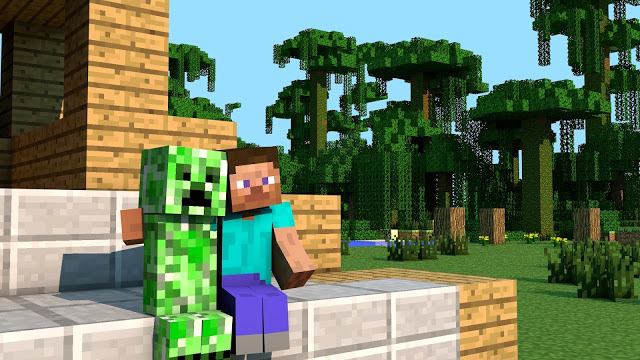
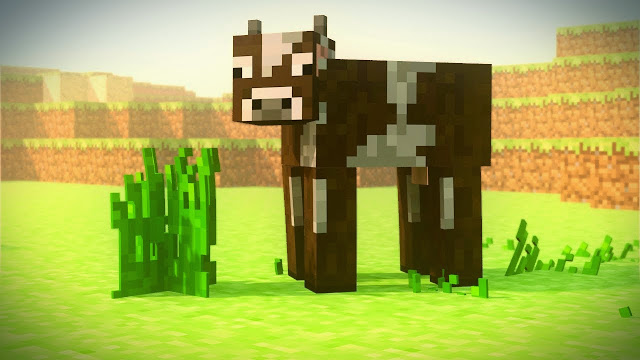
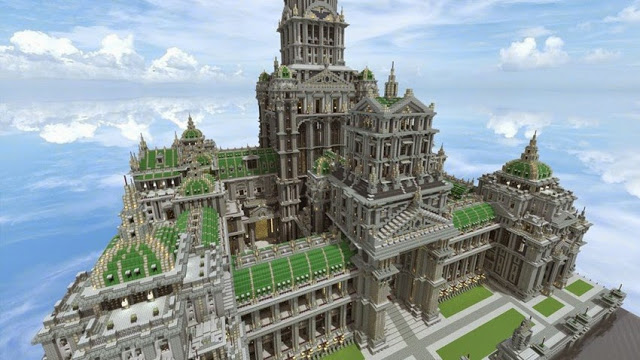
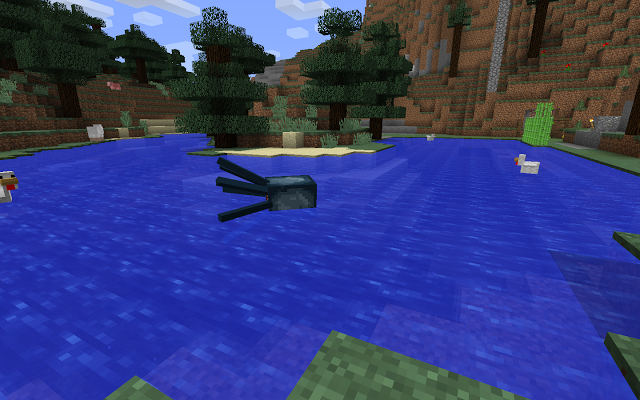
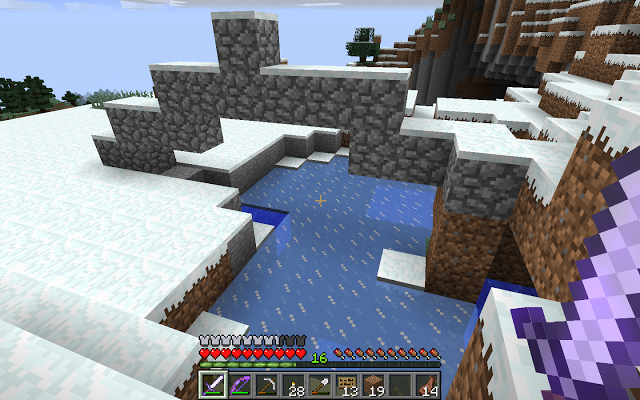
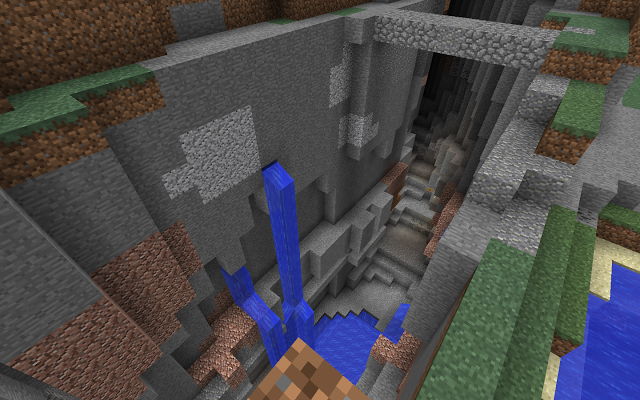
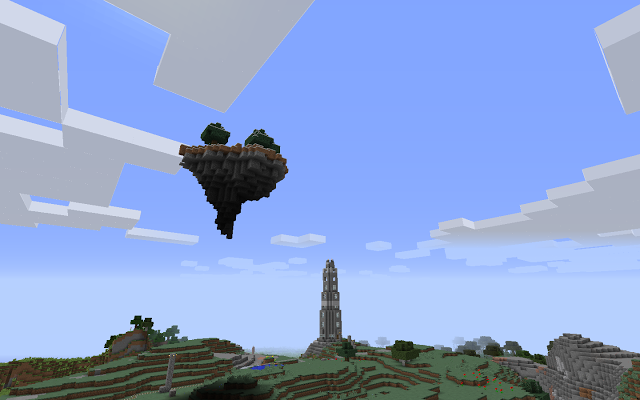
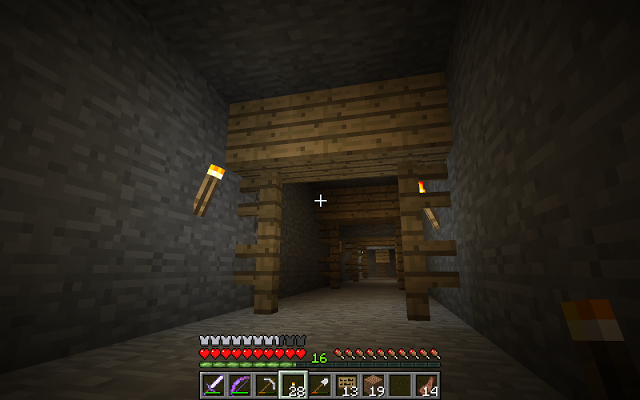
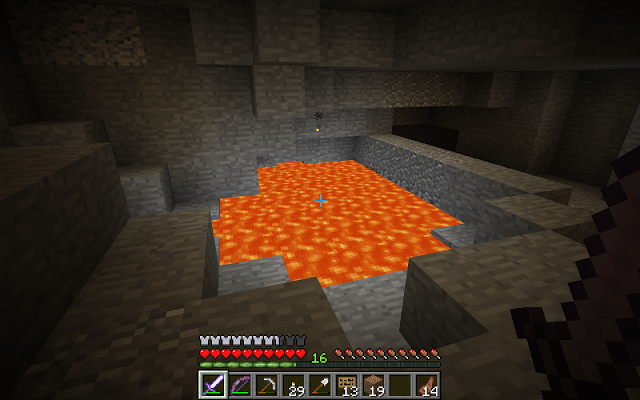
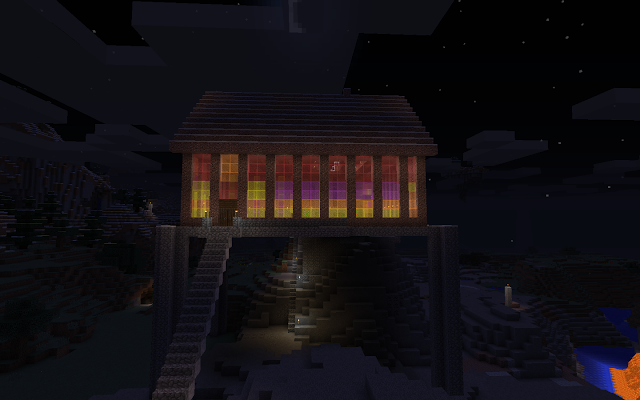
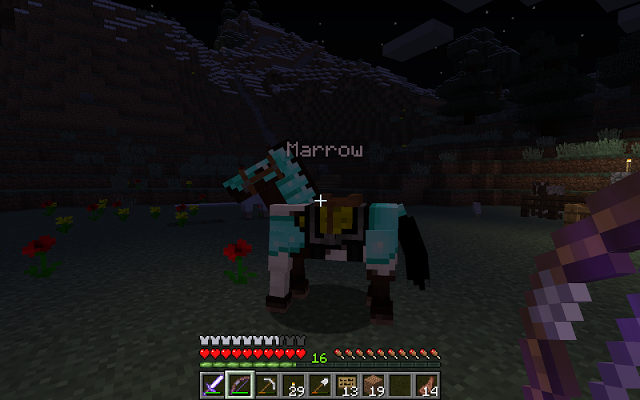








Pingback: Film articles | goldweber